Trend Popular Modern Flooring: An Ongoing List
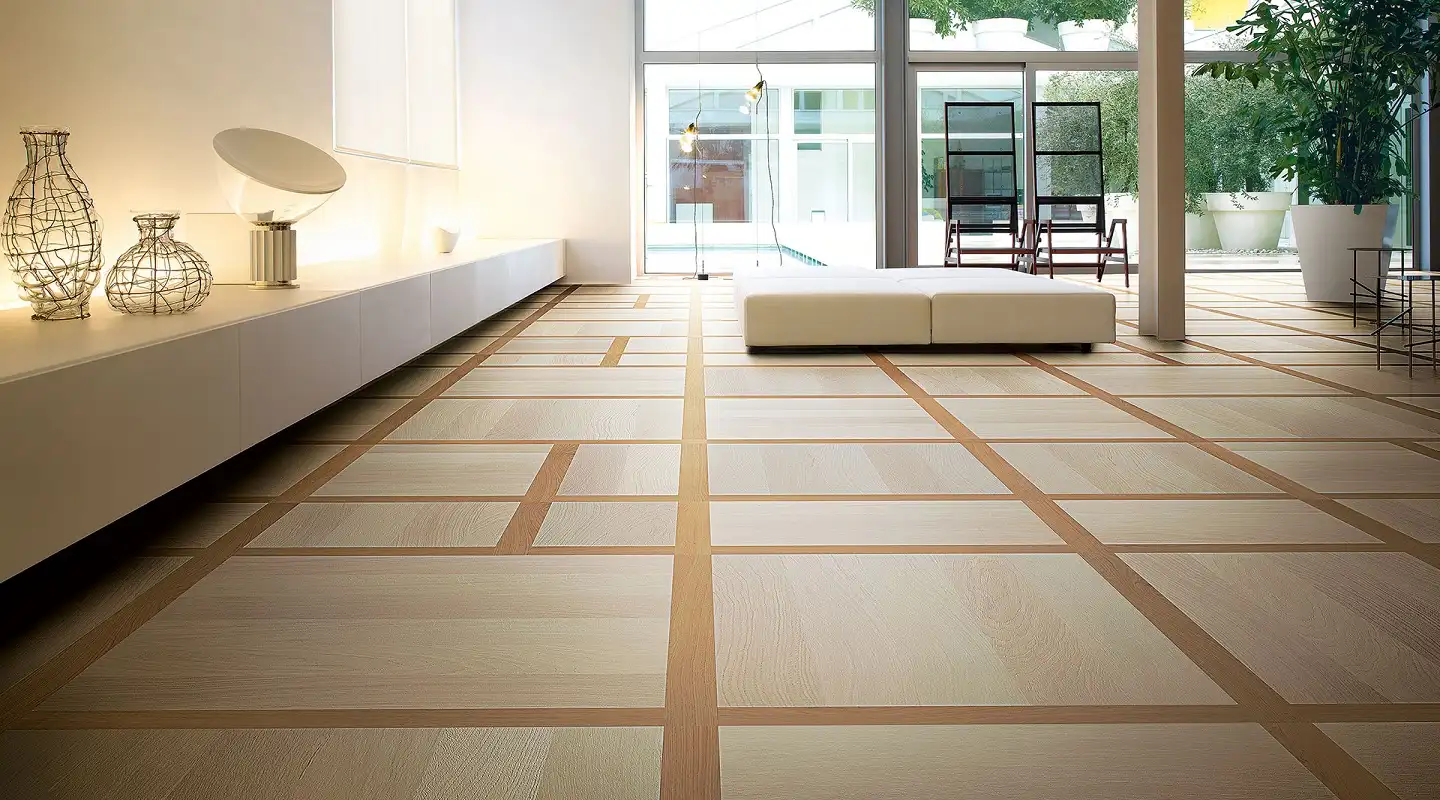
The realm of modern flooring has seen an astounding revolution over recent years. Influenced by tech innovations, changing aesthetics, and a growing focus on environmental consciousness, this shift has birthed an assortment of alternatives that surpasses the conventional realm of hardwood or ceramic tiles. This piece delves into these groundbreaking developments, their advantages, and their influence on modern lifestyles and design.
Learn about different flooring color trends in 2024.
Flooring Materials and Trends
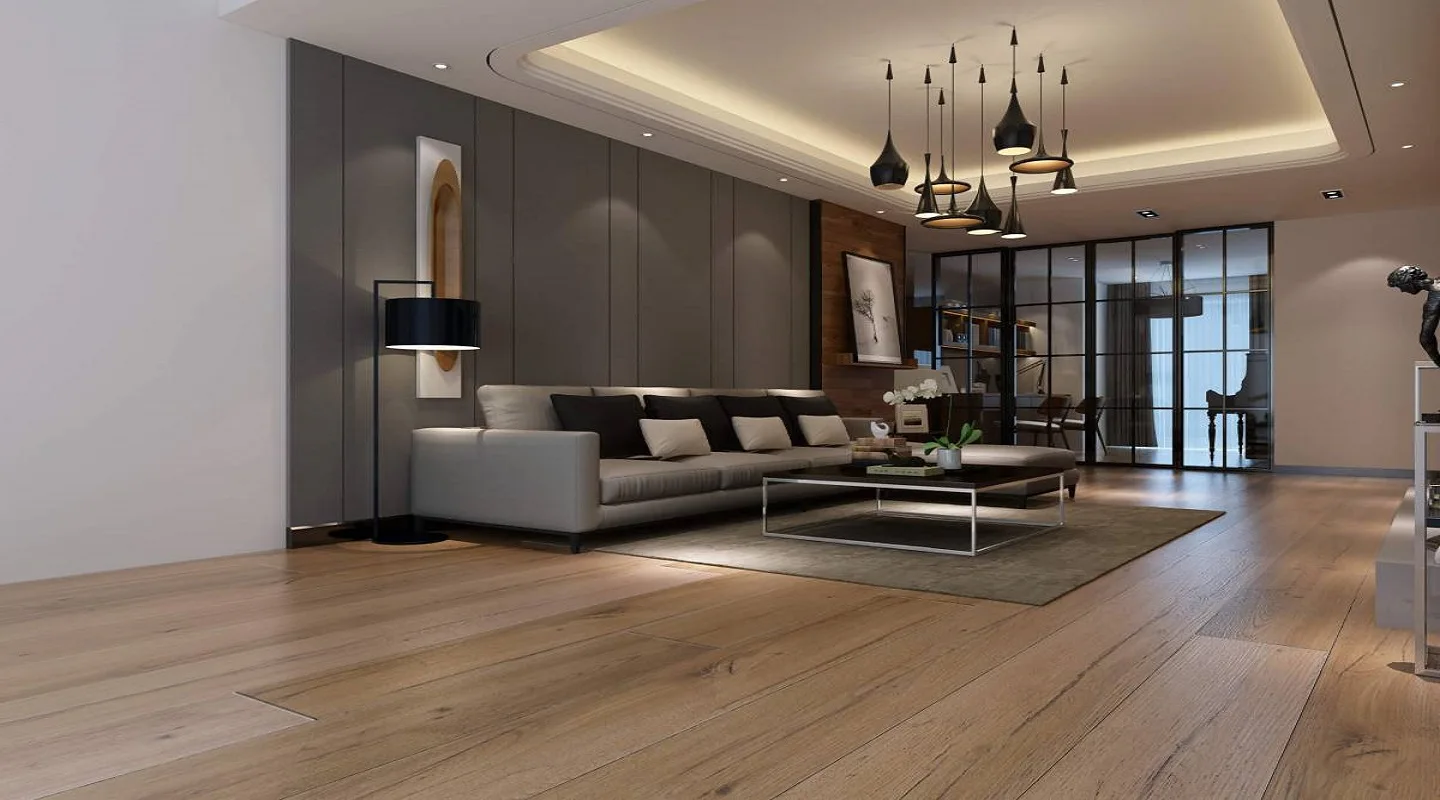
The advent of modern flooring trends is marked by significant advancements in material science, leading to revolutionary options that are resilient, cost-effective, and visually appealing. Luxury vinyl flooring is a prime example of this evolution. This engineered product replicates the natural look of materials like wood or stone while offering added benefits such as water resistance and easy maintenance.
Moreover, porcelain tiles have undergone a transformation thanks to advancements in digital printing technology. This innovation has resulted in high-definition patterns that can mimic a wide range of materials with remarkable accuracy, from weathered wood to exotic marbles.
Continuing with modern flooring trends, there’s a growing emphasis on sustainability and eco-friendly flooring materials. Bamboo and cork flooring, for instance, have gained popularity due to their renewable nature and low environmental impact. Additionally, concrete flooring has emerged as a versatile option, with polished concrete becoming increasingly popular in contemporary design schemes for its durability and industrial-chic aesthetic.
Furthermore, hybrid flooring solutions, such as wood-plastic composite (WPC) and stone-plastic composite (SPC) flooring, offer a blend of natural beauty and enhanced durability. These innovative materials combine the aesthetic appeal of hardwood or stone with the waterproof properties of vinyl, making them ideal for areas prone to moisture exposure.
In terms of design trends, there’s a move towards minimalist and Scandinavian-inspired interiors, where light-colored, wide-plank hardwood flooring or pale-colored tiles create a sense of spaciousness and tranquility. Patterned tiles, particularly encaustic cement tiles, are also experiencing a resurgence, adding a pop of color and personality to floors.
In conclusion, modern flooring trends reflect a fusion of innovation, sustainability, and aesthetic appeal. With an array of options available, homeowners and designers have the freedom to choose flooring solutions that not only enhance the beauty of their spaces but also meet their practical needs and environmental values.
Tip: 12 Flooring trends to avoid
Be Friend with Eco-Friendly Materials Like Cork and Bamboo Flooring
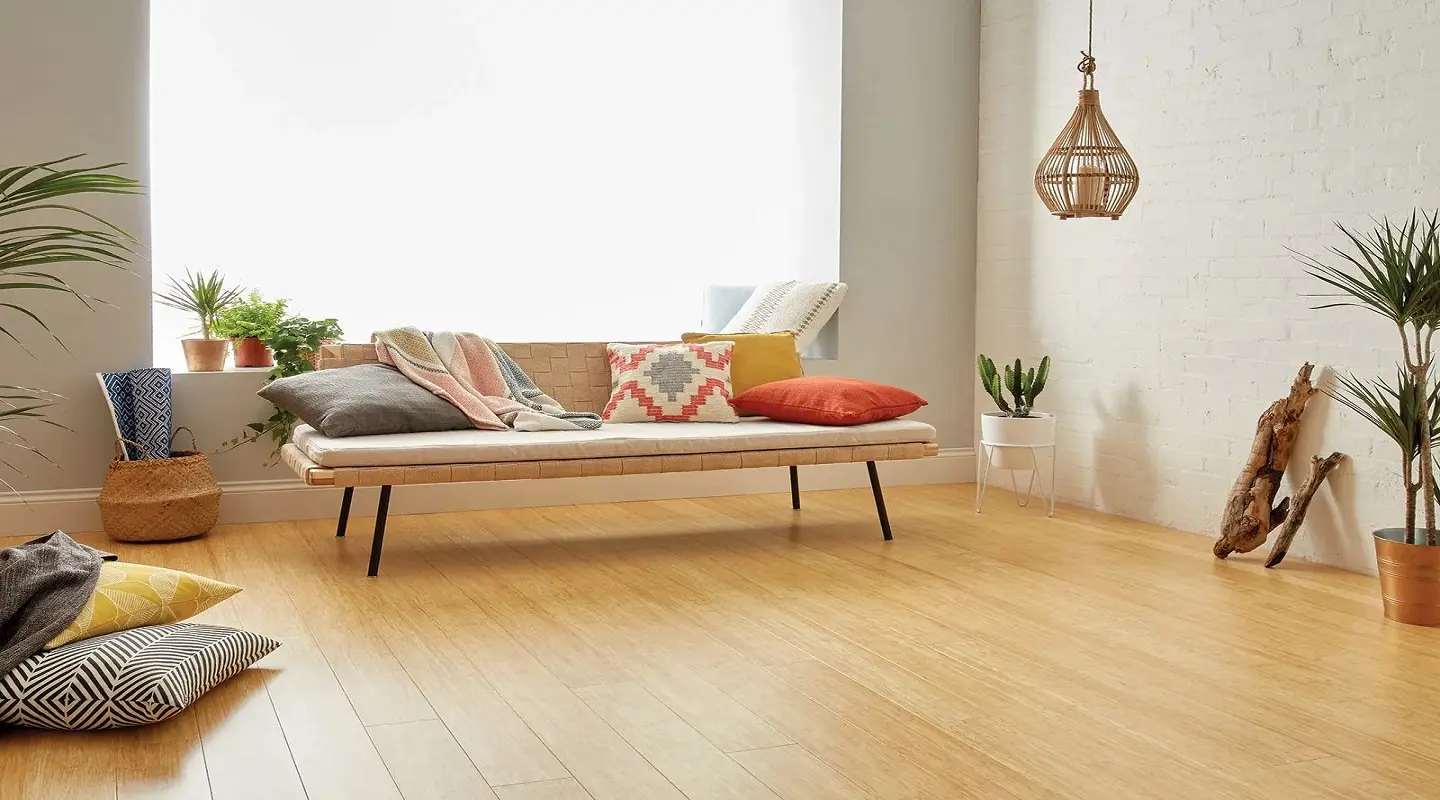
Green considerations have gained prominence in modern flooring decisions. Numerous buyers are choosing environmentally-friendly materials, like cork or bamboo, which are replenishable and decomposable. In addition, manufacturers are adopting processes to recycle used flooring into new products, reducing landfill waste and minimizing environmental footprint. Recycled rubber, for example, is being employed to produce robust and flexible flooring solutions for both commercial and residential premises.
Look for Flooring Materials that are Manufactured by the Latest Technology
Technology integration into flooring has given rise to ‘intelligent’ floors. These groundbreaking solutions range from harnessing kinetic energy from footfalls to generate power to installing sensors that scrutinize structural soundness or track motion in a room. Such flooring technology progress promotes energy efficiency and incorporates extra safety and practicality into areas.
Modern flooring materials are mostly scratch-resistant, anti-allergic, pet-friendly, and soundproof. Determine your goal and look for the material you want.
Go for a flooring that puts your comfort first
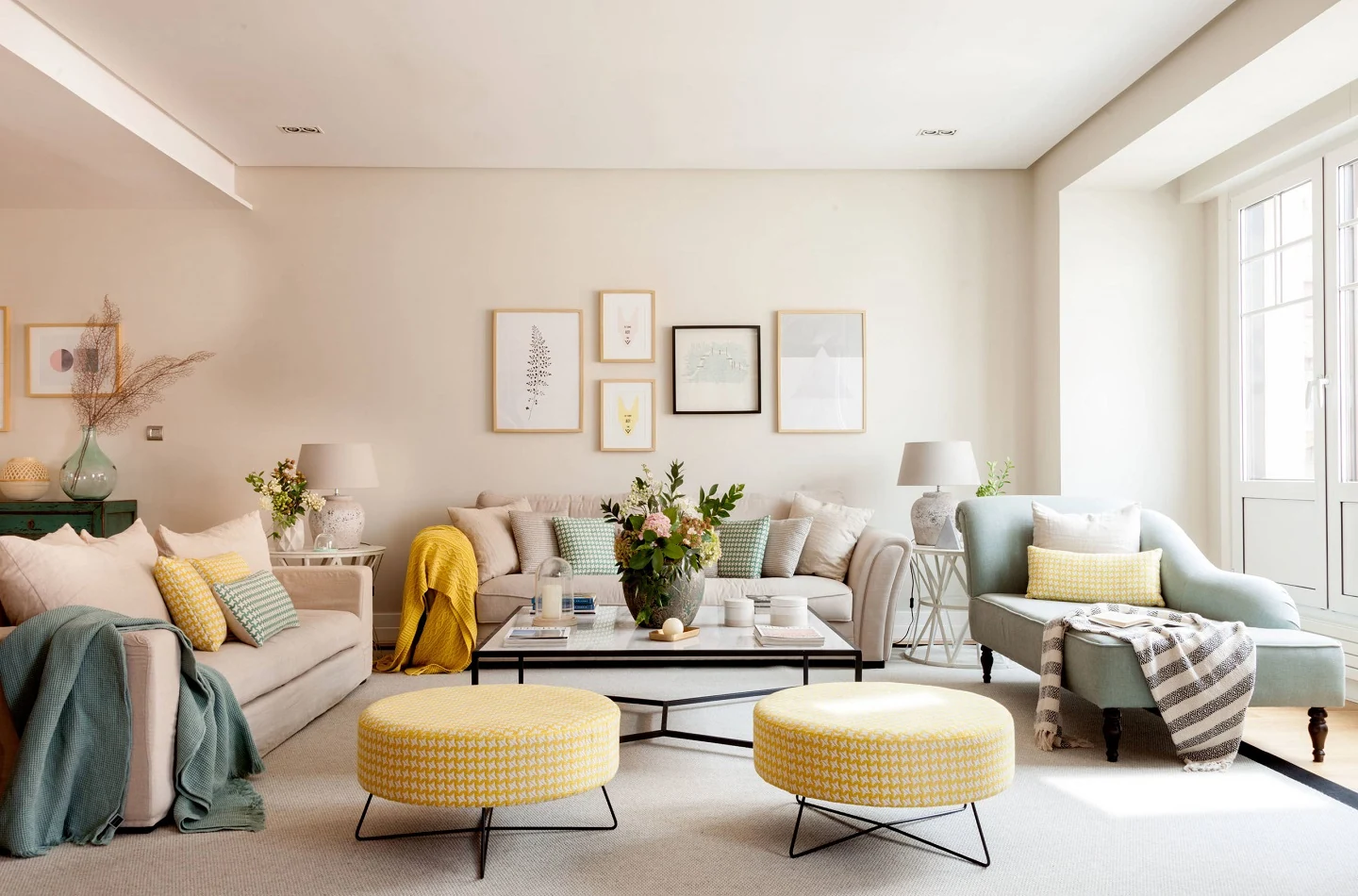
Today’s flooring solutions are equally centered on boosting comfort and health. Radiant heating systems beneath the floor afford a cozy ambient temperature during colder periods. Furthermore, hypoallergenic materials and antimicrobial treatments are becoming commonplace in flooring products, addressing worries over allergens and microbial proliferation in homes and public spaces.
The flooring is modern which is multifunctional and answer your versatile needs
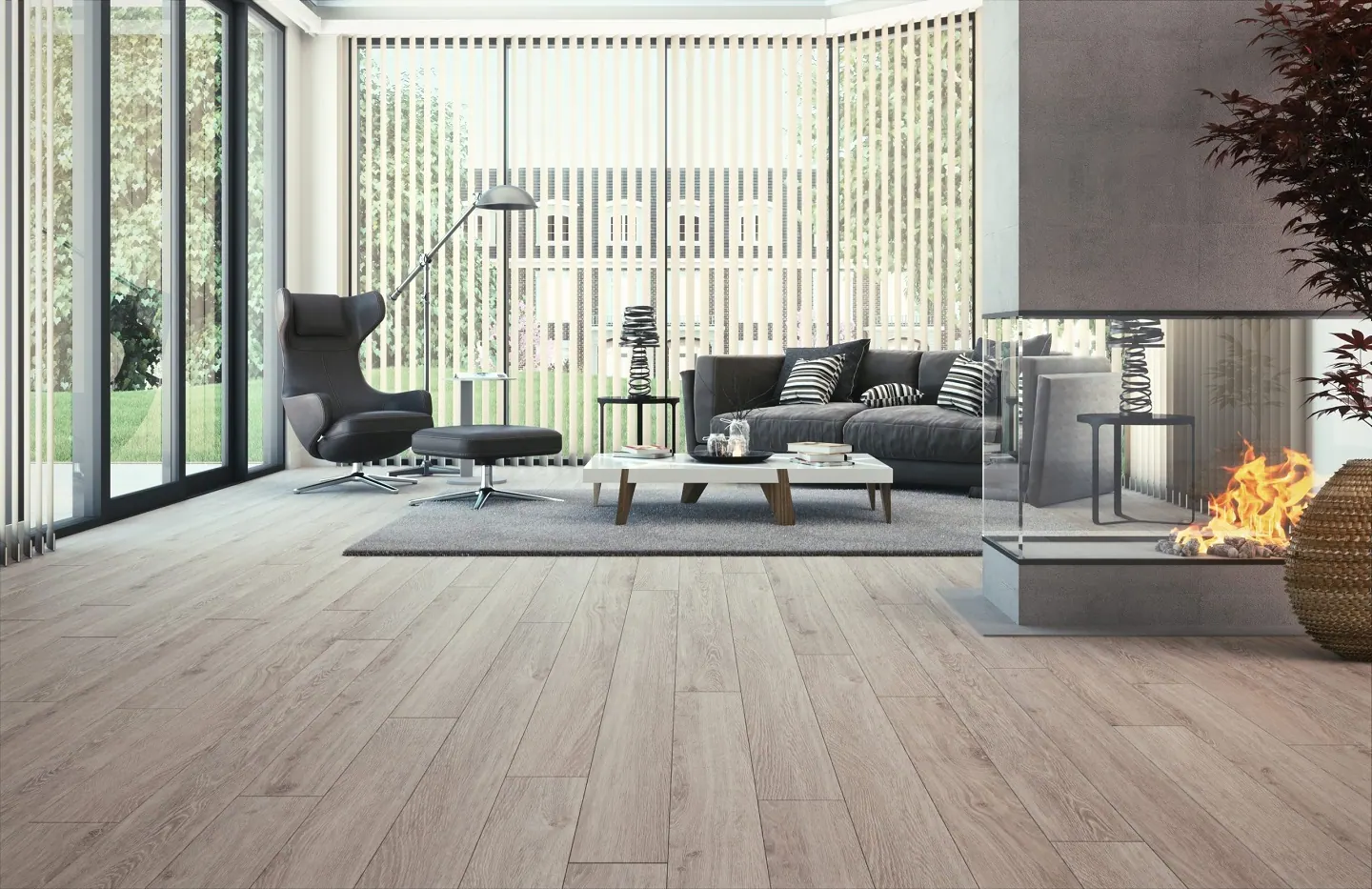
The charm of modern flooring rests in its capability to adapt to a wide range of aesthetic tastes. Engineered hardwood flooring, for example, proffers the timeless allure of traditional wood but with additional flexibility in terms of hues and finishes. Concurrently, the emergence of 3D printing technologies has permitted the creation of bespoke designs in vinyl and porcelain tiles, catering to those desiring a unique touch in their areas.
Acoustic Qualities of Modern Flooring; Once More Cork Flooring
Noise control has emerged as a crucial aspect in today’s living and working spaces. Modern flooring materials are crafted to enhance acoustics by diminishing sound transmission. Underlays, typically fashioned from rubber or foam, are utilized beneath flooring materials to absorb sound, offer a softer feel underfoot, and contribute an additional layer of insulation. For instance, besides its sustainability, cork flooring boasts excellent sound-damping properties, making it an optimal choice for apartment or office spaces.
Composite Flooring Solutions
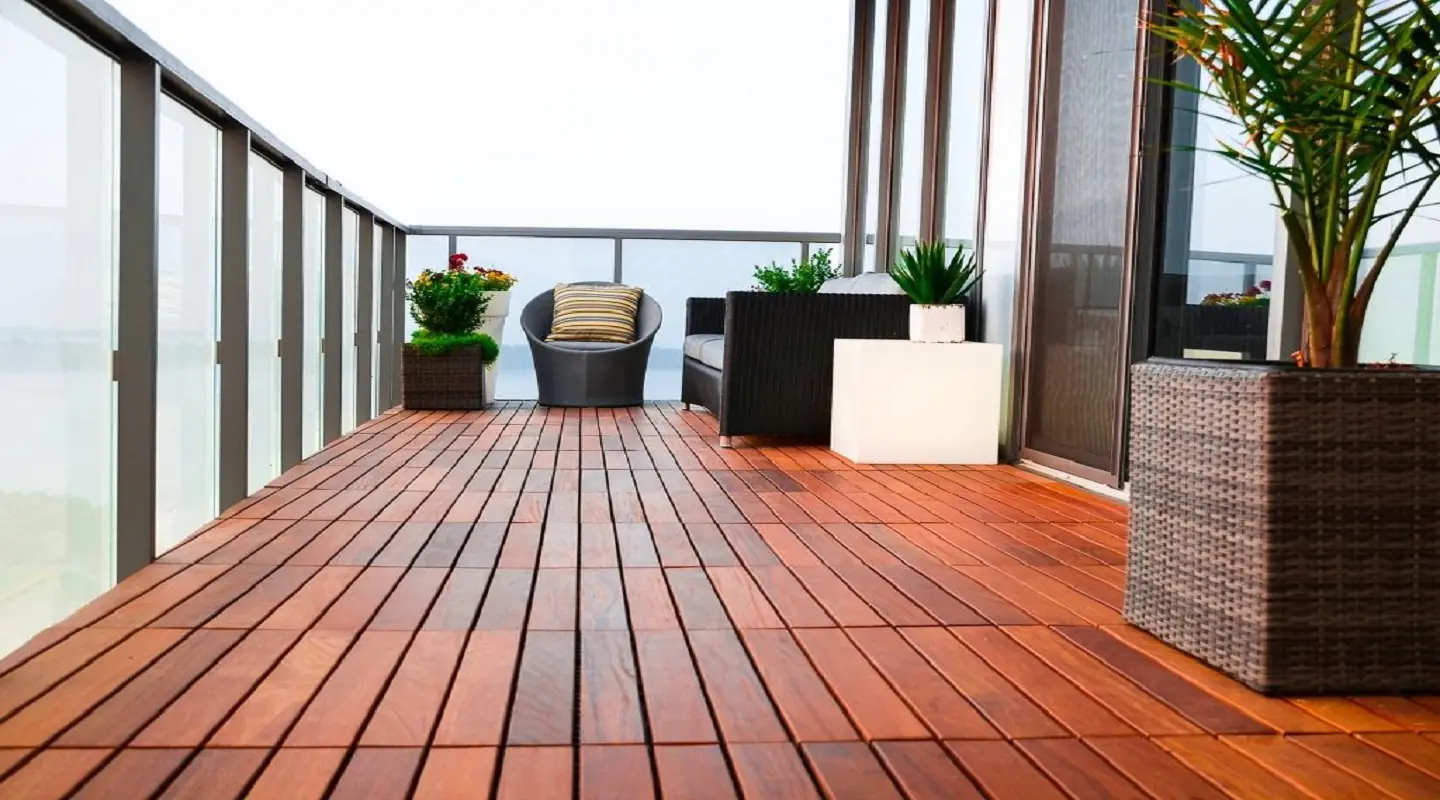
A relatively recent innovation in the flooring sector is the inception of composite flooring, amalgamating the best characteristics of laminate, vinyl, and hardwood. Composite floors, often constructed from several layers, including a robust top layer, a design layer, and a waterproof core, are recognized for their resistance to damage from impacts, stains, humidity, and UV light. Their adaptability makes them appropriate for nearly any setting, from bustling households to commercial contexts.
Endurance and Longevity in Modern Flooring Choices
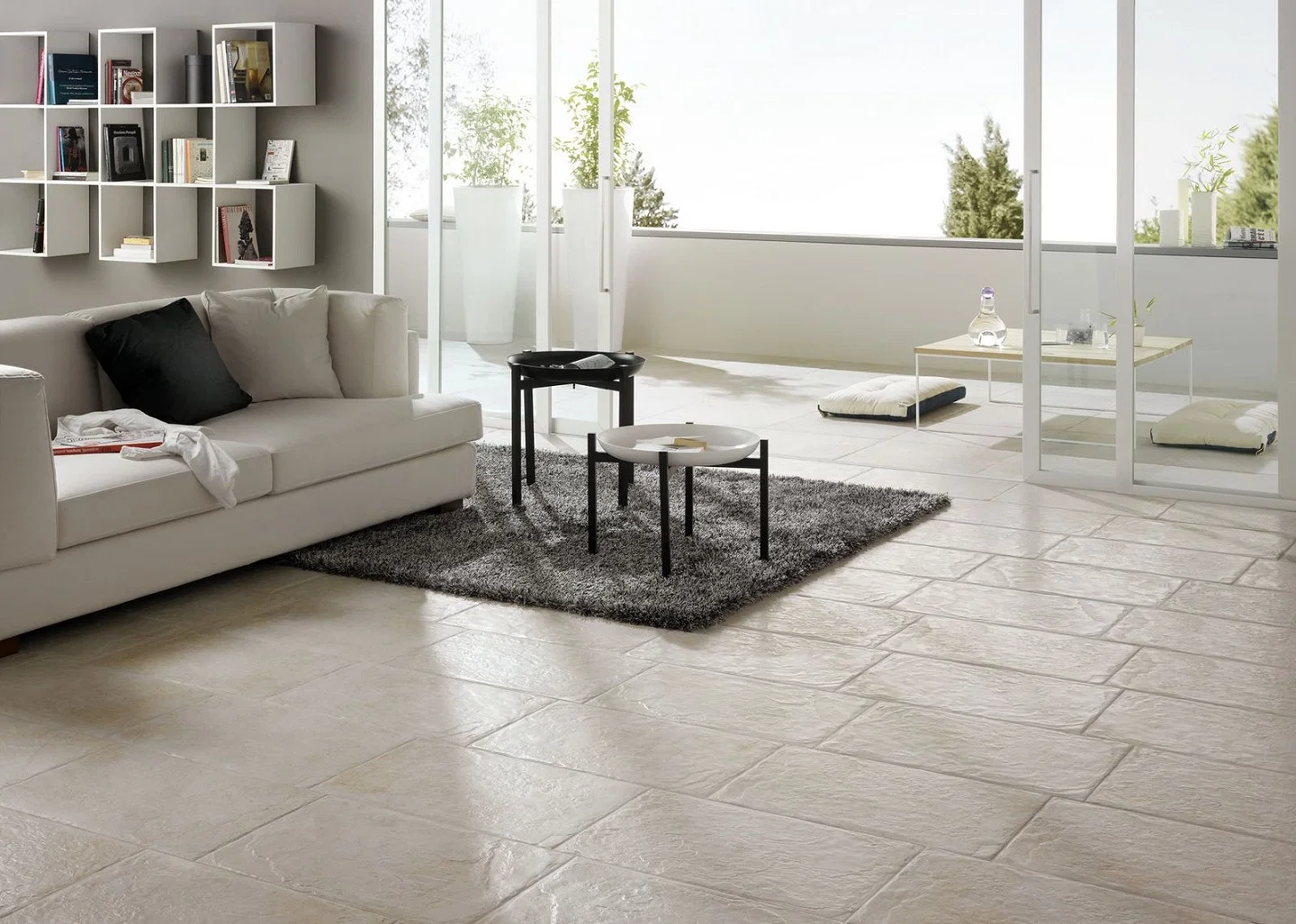
Endurance and longevity are key aspects of modern flooring. Manufacturers are ceaselessly creating solutions that can bear high footfall, impacts, and severe conditions. For example, luxury vinyl planks and tiles resist scratches, dents, and stains while maintaining their attractive appearance due to their sturdy wear layer. Similarly, modern ceramic and porcelain tiles have been designed to be stronger and more enduring than traditional ones.
Indoor Air Quality with Modern Flooring

Flooring decisions can play an integral role in the rising recognition of indoor air quality’s significance. Certain flooring materials, like carpets, have historically been linked with trapping dust, pollen, and other allergens. However, the emergence of hypoallergenic carpets and antimicrobial treatments for various flooring materials aims to address these issues. Furthermore, many modern flooring products have low VOC (volatile organic compounds) content, reducing possible off-gassing and fostering healthier indoor air.
Progress in Installation Techniques
The flooring installation method has also progressed, with a heightened emphasis on ease and efficiency. Floating floor systems, which don’t require glue or nails, have gained favor, facilitating faster installations and straightforward repairs if a part gets damaged. Conversely, the emergence of peel-and-stick tiles and planks presents a DIY-friendly alternative for homeowners keen on executing home improvement tasks themselves. The ongoing evolution in installation methods ensures that modern flooring stays accessible to many users.
The Rekindling of Classic Methods in Modern Flooring
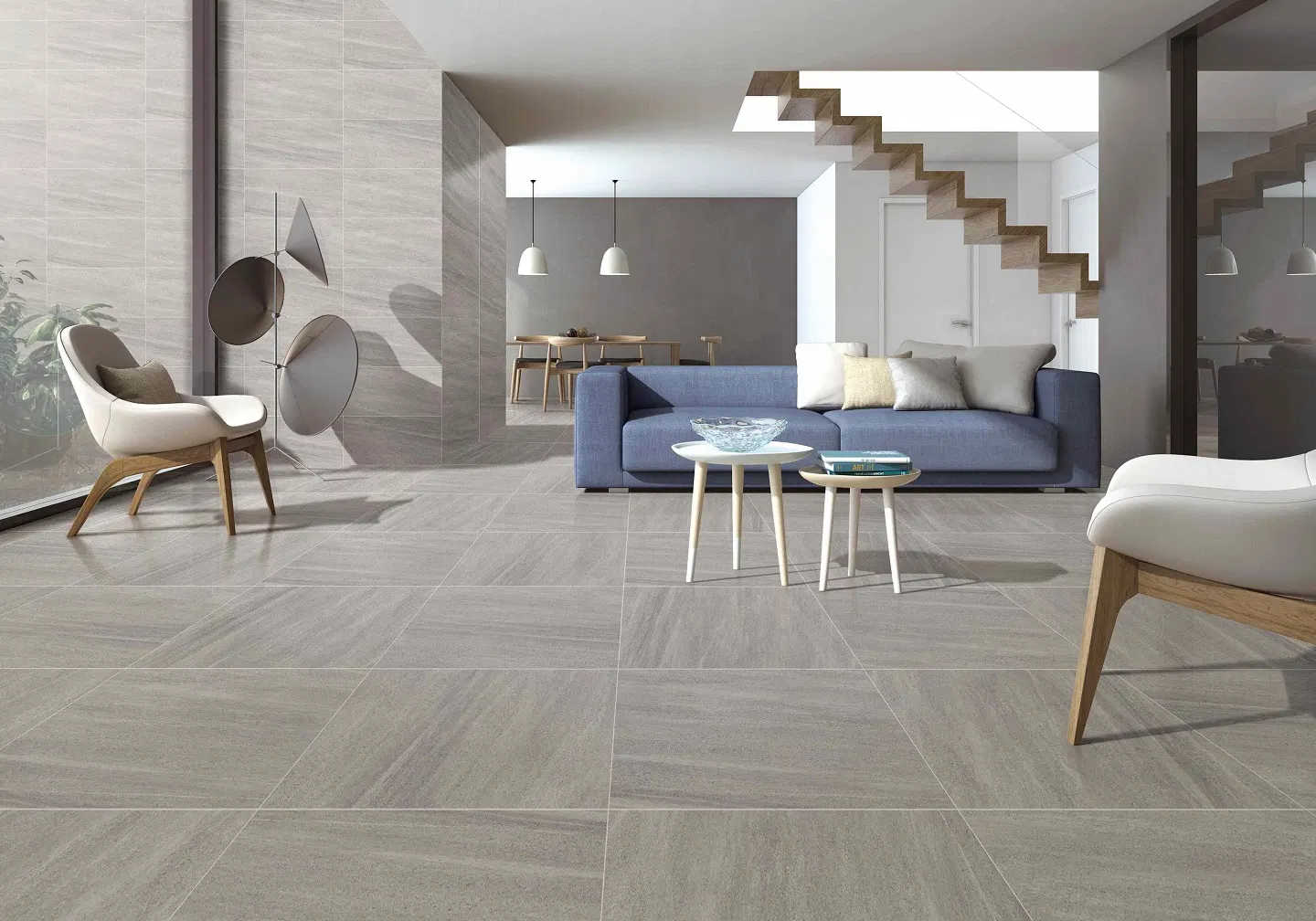
Despite championing innovation, the flooring industry also values age-old techniques that uniquely charm a space. For instance, terrazzo flooring—a composite material of marble, quartz, and other compatible aggregates—has been revived due to its robustness and capability to generate intricate designs. Parquet flooring, a mosaic of wooden fragments, is also back in vogue, bestowing spaces with a retro yet modern ambiance.
Individualization in Flooring Options
Customization and individualization have become popular in interior design besides flooring. Modern flooring provides many options to mirror personal tastes, from personalized color schemes in vinyl flooring to distinctive texture and finish options in hardwood. Individualization also extends to the flooring layout, with homeowners electing to express their inventiveness through patterns such as herringbone or chevron floors.
Emphasis on Hygiene and Easy Maintenance
In light of the heightened worldwide consciousness of hygiene due to recent health crises, flooring that is simple to clean and maintain has garnered more importance. Antimicrobial tiles, waterproof vinyl, and stain-resistant carpets are some options catering to this demand. Moreover, seamless flooring solutions, like epoxy resin flooring, leave no gaps for bacteria or dirt buildup, fostering a more sanitary environment.
Outdoor Space Flooring
The boundary between indoor and outdoor living spaces is becoming less distinct, and this trend is mirrored in modern flooring. Outdoor flooring now replicates the aesthetics and comforts of indoor flooring while maintaining resilience against weather elements. Composite decking, outdoor porcelain tiles, and synthetic grass are popular choices, generating seamless transitions from interiors to exteriors.
Influence of Digital Tech on Flooring Design
Digital technology has revolutionized modern flooring design and customization. High-resolution digital printing enables the realistic imitation of natural materials on porcelain or vinyl flooring. Virtual reality and augmented reality applications aid consumers in visualizing how different modern flooring options would appear in their space, rendering the selection process simpler and more engaging.
The Modern Flooring You choose should suit your home Interior Design
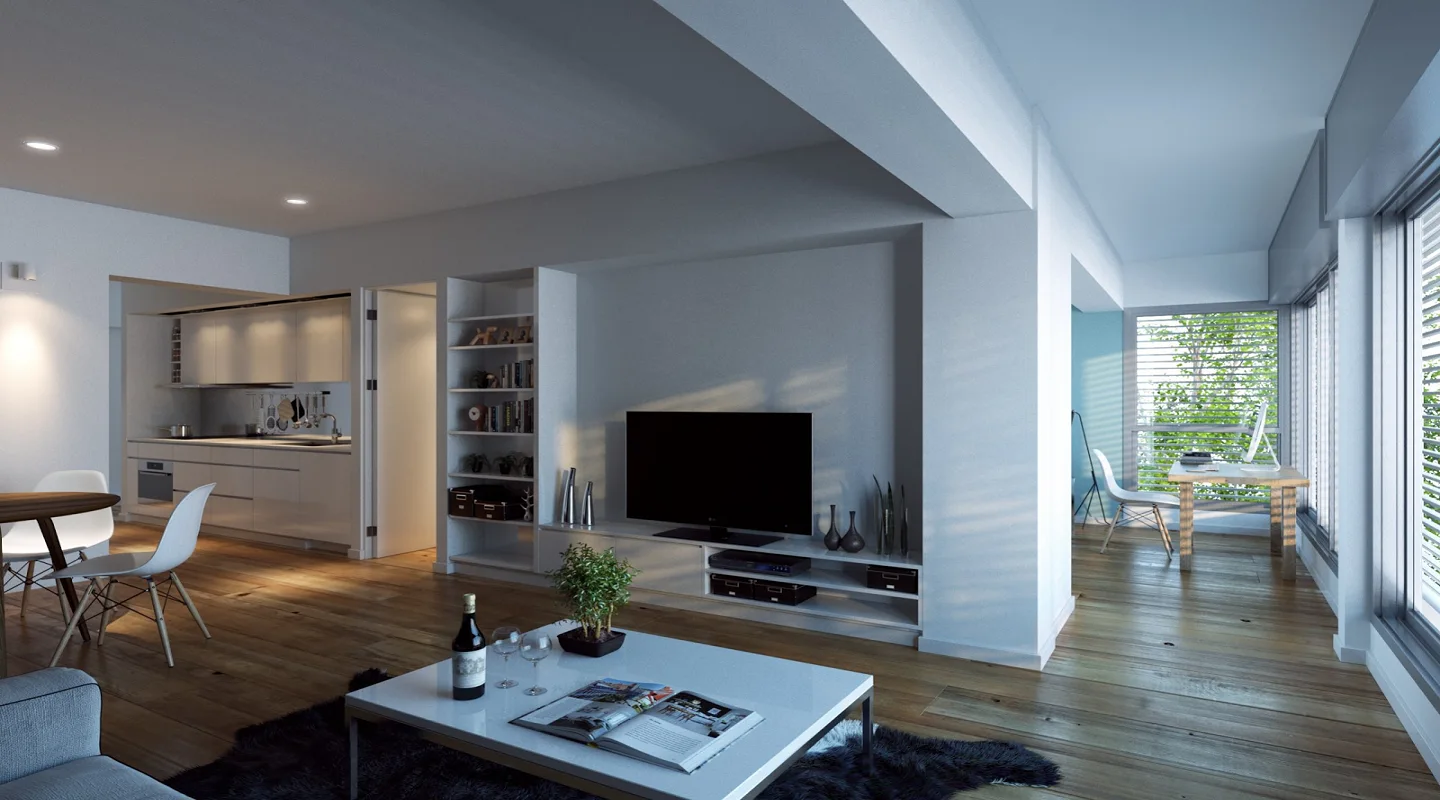
Modern flooring trends have exerted a deep impact on interior design. The extensive selection of material and design alternatives facilitates crafting distinct spaces customized to a person’s preferences and way of life. For example, the popularity of open floor plans in modern architecture is mirrored in large format tiles and wide plank solid hardwood floorings, ensuring a seamless transition between areas.
The interplay of Lighting and Modern Flooring

Lastly, the interaction between flooring and lighting has gained more consideration in modern interior design. Light-reflective flooring materials, like polished concrete or high-gloss tiles, can amplify natural light, making areas appear larger and more open. On the other hand, darker, matte flooring can absorb light, introducing depth and coziness to a space. Hence, modern flooring is not just about the surface underfoot but an integral element of the overall design story.
Conclusion
In conclusion, modern flooring is the product of a convergence of aesthetics, technology, and sustainability. It transcends being a mere surface underfoot to provide innovative solutions that boost comfort, advocate for sustainability, and offer design versatility. As the industry progresses, one can only foresee even more thrilling developments in the flooring domain.



Did you find what you were looking for?